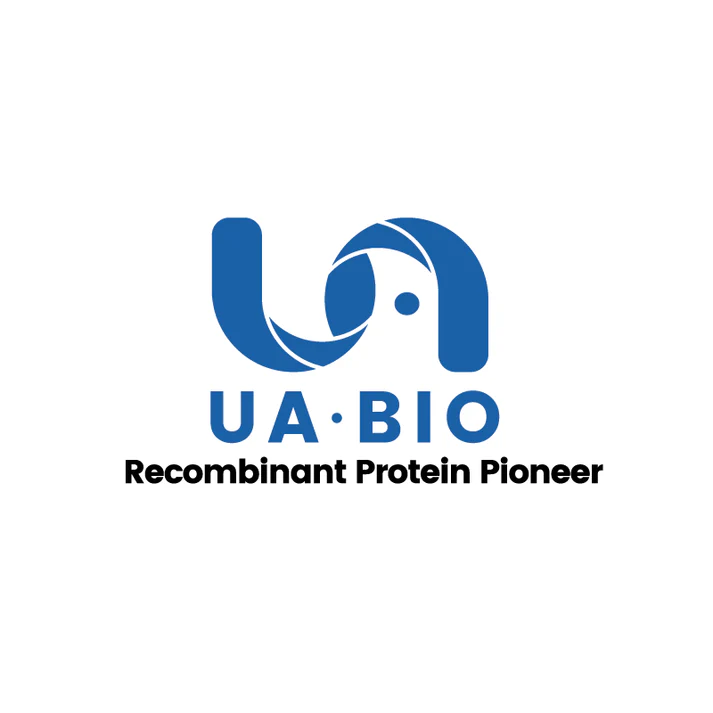1μg (R: reducing condition, N: non-reducing condition).
Product Details
Product Details
Product Specification
| Synonyms | MME, CALLA, CD10, DKFZp686O16152, MGC126681, MGC126707, NEP, SFE, Neprilysin |
| Accession | F7H3Y6 |
| Amino Acid Sequence | Tyr52-Trp750, with N-terminal His |
| Expression System | HEK293 |
| Molecular Weight | 80-95kDa (Reducing) |
| Purity | >95% by SDS-PAGE |
| Endotoxin | <0.1EU/μg |
| Conjugation | Unconjugated |
| Tag | His Tag |
| Physical Appearance | Lyophilized Powder |
| Storage Buffer | PBS, 5% trehalose, PH7.4 |
| Reconstitution | Reconstitute at 0.1-1 mg/ml according to the size in ultrapure water after rapid centrifugation. |
| Stability & Storage | · 12 months from date of receipt, lyophilized powder stored at -20 to -80℃. · 3 months, -20 to -80℃ under sterile conditions after reconstitution. · 1 week, 2 to 8℃ under sterile conditions after reconstitution. · Please avoid repeated freeze-thaw cycles. |
| Reference | 1.Review FASEB J . 1989 Feb;3(2):145-51. |
Background
Neprilysin (NEP, neutral endopeptidase 24.11, EC 3.4.24.11) is a zinc metallopeptidase, a 90-110-kDa type II transmembrane glycoprotein, which is usually expressed in a variety of tissues. Including the epithelial cells of the prostate, kidneys, intestines, endometrium, adrenal glands, and lungs. NEP has been identified as a common acute lymphoblastic leukemia antigen (CALLA) and is expressed on the surface of lymphocytes in certain disease states. Mutations in the CD10 gene can induce the familial forms of Alzheimer's disease, providing strong evidence for the protein's association with the Alzheimer's disease process.
Picture
Picture
SDS-PAGE


